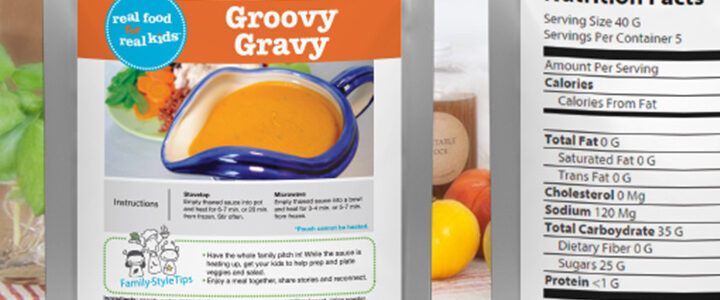Labels serve as essential tools for organization, branding, and personal expression. Before diving into custom label making, it’s crucial to gather the right tools and materials, such as label paper, printers, cutting tools, and design software.
Manual Label Making:
- Materials Needed:
- Paper or label sheets
- Markers, pens, or pencils
- Scissors or a paper cutter
- Adhesive (like glue or tape) if using regular paper
- Designing the Label:
- Decide on the shape and size of your labels.
- Draw the outline on your paper or label sheet.
- Inside each outline, write the necessary information. This could include text, numbers, or even simple images.
- Cutting Out the Labels:
- Use scissors or a paper cutter to cut out the labels along your drawn outlines.
- Applying the Labels:
- If using label sheets, simply peel off the backing and stick them where needed.
- If using paper, apply adhesive to the back and then place the label.
Digital Label Making:
- Software and Materials:
- Computer with label-making software (like Microsoft Word, Adobe Illustrator, or specialized label-making software)
- Printer
- Printable label sheets
- Designing the Label:
- Open your label-making software and select a template that fits your needs, or create a design from scratch.
- Add text, images, or logos as needed. Ensure the text is legible and the design fits within the label boundaries.
- Printing the Labels:
- Load your printer with the label sheets.
- Use the print preview feature to double-check your design.
- Print a test page on regular paper to ensure alignment.
- Once satisfied, print the labels on your label sheets.
- Applying the Labels:
- Peel the labels off the sheet and apply them to your desired surface.
Preparing for Your Label Making Project
Selecting high-quality materials ensures durability and professionalism in your labels. Prepare your workspace by organizing all necessary tools and materials for easy access.
Designing Your Labels
Effective label design is both an art and a science. Start by understanding the basics of design, including color theory and typography. Using design software like Adobe Illustrator or Canva can elevate your labels. Remember, a great design is clear, appealing, and serves its intended purpose.
Printing Your Labels
The choice of printer can greatly impact the quality of your labels. Inkjet printers are suitable for most home projects, while laser printers offer durability and water resistance. Follow best practices for printing to avoid common issues like smudging or misalignment.
Cutting and Applying Your Labels
Precise cutting is key to professional-looking labels. Whether using scissors, a craft knife, or a cutting machine, ensure clean edges. When applying labels, clean the surface first and apply evenly to avoid bubbles.
Creative Ideas for Label Usage
Labels can transform the way you organize your home, present your business, or carry out personal projects. Use them for spice jars, product packaging, or custom gifts to add a personal touch.

